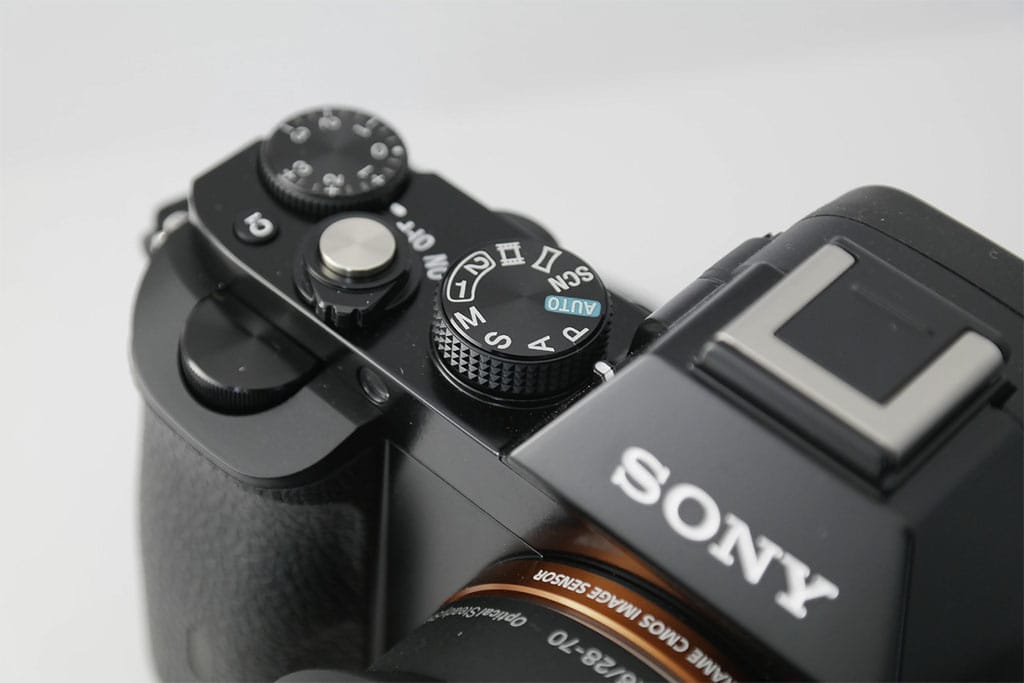
Photography is a vast and dynamic landscape where creativity meets technology. At the heart of capturing that perfect shot lies a thorough understanding of your camera’s settings and shooting modes. In this article, we embark on a journey to demystify the intricate web of camera settings, shedding light on their practical applications and empowering photographers to take control of their craft.
Understanding Camera Settings:
1. ISO Settings:
ISO is like the sensitivity of your camera’s sensor to light. We explore the nuances of ISO settings, explaining how to balance sensitivity with image noise in different lighting conditions. From low ISO for bright daylight to higher ISO for low-light situations, readers will grasp the essentials of finding the right balance for optimal image quality.
2. Aperture (f-stop):
The aperture is the gateway controlling the amount of light entering the camera. We unravel the concept of f-stops, exploring how aperture affects depth of field and how to use it creatively for sharp subjects against blurred backgrounds or vice versa. Practical examples illustrate how to leverage the aperture for diverse photographic styles.
3. Shutter Speed:
Shutter speed determines how long the camera’s shutter remains open. We break down the importance of fast and slow shutter speeds, explaining their impact on freezing motion or capturing intentional motion blur. From action shots to long-exposure masterpieces, readers will gain insights into harnessing shutter speed for various scenarios.
4. White Balance:
White balance ensures accurate color reproduction in different lighting conditions. We simplify the concept, guiding readers on adjusting white balance settings to achieve true-to-life colors in their images, regardless of the ambient light’s color temperature.
Exploring Shooting Modes:
1. Auto Mode:
While Auto mode is convenient, it often limits creative control. We discuss when and why photographers might choose Auto mode and its limitations in certain situations.
2. Aperture Priority (A/Av) and Shutter Priority (S/Tv) Modes:
These semi-automatic modes provide a balance between creative control and ease of use. We delve into when and how to use these modes for specific shooting scenarios.
3. Manual Mode:
Manual mode grants complete control over all settings, giving photographers creative freedom. We guide readers through transitioning to Manual mode, offering practical tips for adjusting settings on the fly.
4. Scene Modes:
Many cameras have scene modes tailored for specific scenarios (e.g., landscape, portrait, sports). We explain how and when to utilize these modes for optimal results.
Practical Applications.
We tie it all together by providing real-world examples of how mastering camera settings and modes enhances the storytelling aspect of photography. From capturing vibrant street scenes to freezing the excitement of sports events, readers will gain a practical understanding of applying their newfound knowledge in diverse situations.
Conclusion.
Mastering camera settings and modes is akin to unlocking the full potential of your creative vision. By demystifying these technical aspects, we aim to inspire photographers to venture beyond automatic settings, experiment confidently, and elevate their craft to new heights. Whether you’re a beginner or a seasoned enthusiast, understanding your camera is the first step toward capturing moments that resonate with your unique perspective.


Recent Posts
In shadows cast by love's deceitful guise,He wandered blind, his heart the captive prize.Through realms unknown, where truth remained concealed,He followed trails of falsehood, unrevealed. Blinded...
Prepare to be amazed as the MCAS Cherry Point Air Show returns on May 11-12. This annual event, hosted by the Marine Corps Air Station (MCAS) Cherry Point in North Carolina, promises a weekend of...